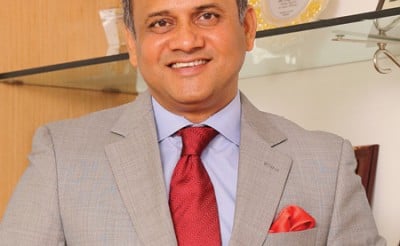The medical diagnostics industry
The medical diagnostics industry in India has undergone significant change in recent years. Sanjeev Vashishta has been CEO at SRL Diagnostics for four years; however, he has been in healthcare for a decade, having previously run hospitals for the parent company of SRL, Fortis. “In India, the market is highly fragmented,” Sanjeev explains. “We have about 100,000 labs, only 15 per cent of which are in the organised sector. We are now starting to see that change, as people are now trying to get more into the corporate side and they are becoming more organised in the way that they run their businesses. About five years ago, it was closer to 8 per cent, but as people are becoming more discerning, and more educated, we will see a shift. We will see consolidation happening in the market, and see even more organised players coming in.

“People are now demanding better quality, which suits us very well. Previously, they couldn’t care less whether they were going to lab A or lab B, but now they want to go to a particular lab.
Most people in cities now understand the relevance of accreditation, so they will only go to a lab that is going to offer them good quality.
“A lot of the change is also being driven by doctors looking for the best quality diagnostics. They are sending their patients to particular labs because they know that they are accredited and that the results will be accurate,” Sanjeev says. The other marked change is that there has been an increase in competition in the sector, particularly in pathology.
In India, pathology accounts for 60–65 per cent of all diagnostics, and it’s seen as a very attractive business proposition. Currently, the expected EBITDA is a 25 per cent margin, so there are a lot of new people entering the industry, although Sanjeev says that many of them are in it for the wrong reasons.

